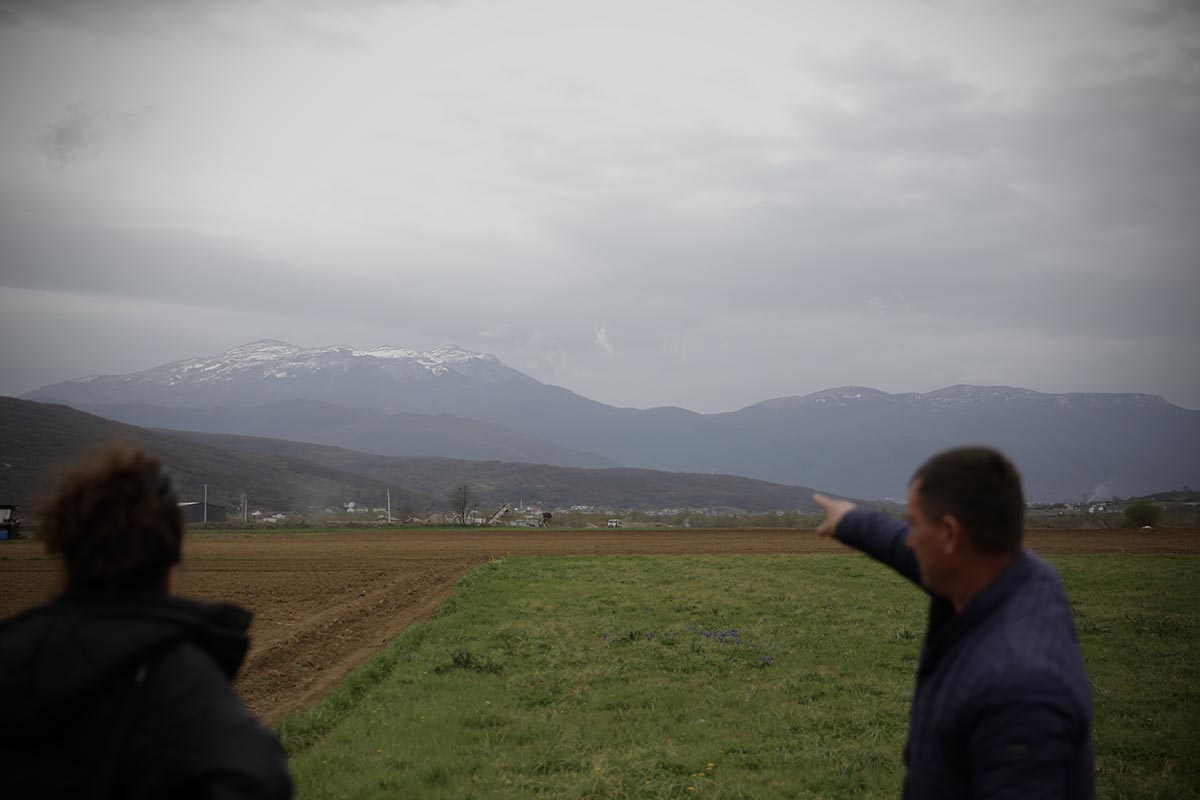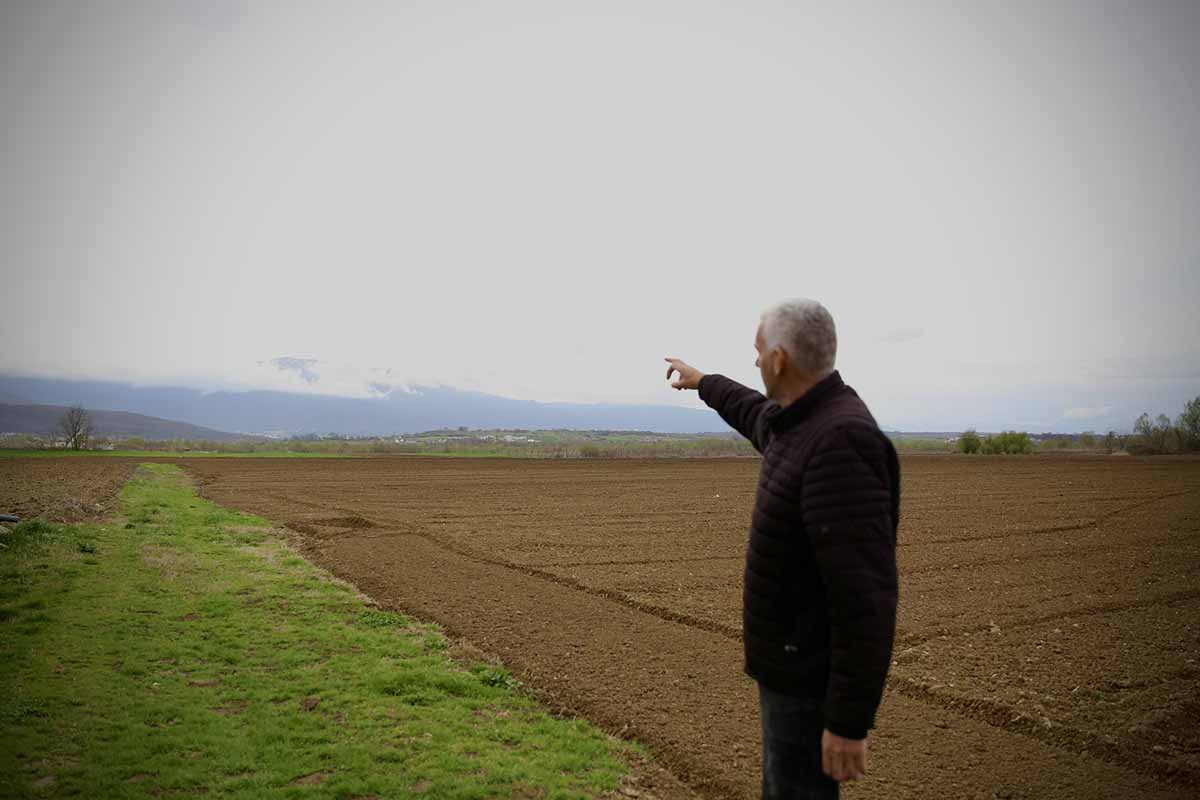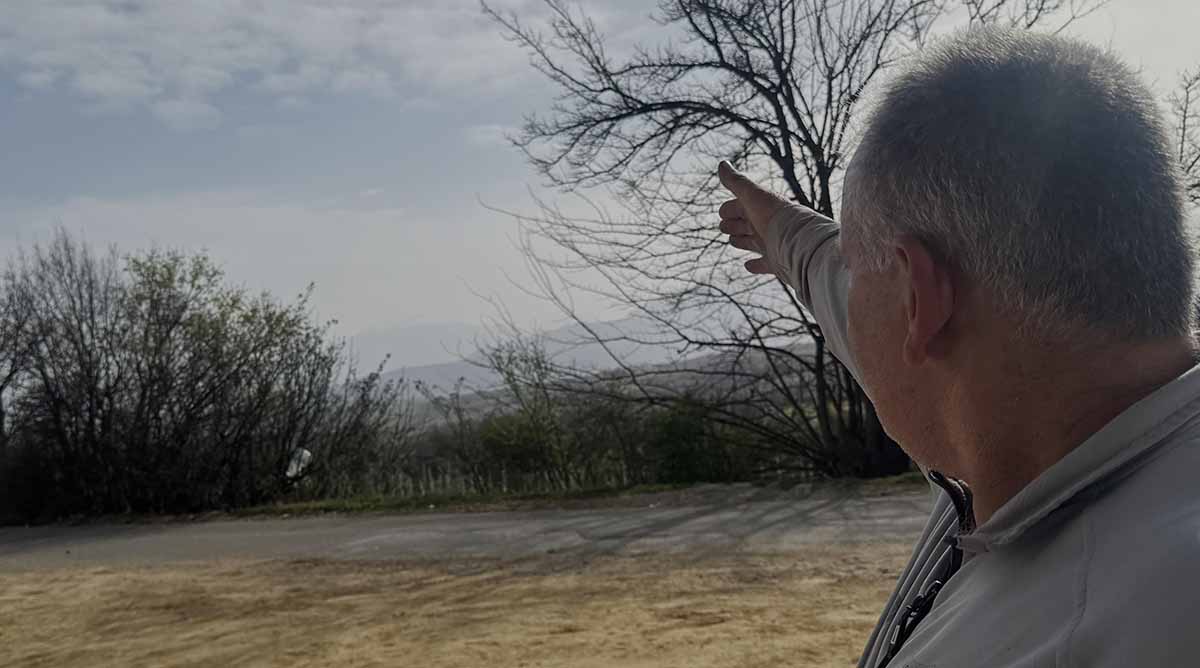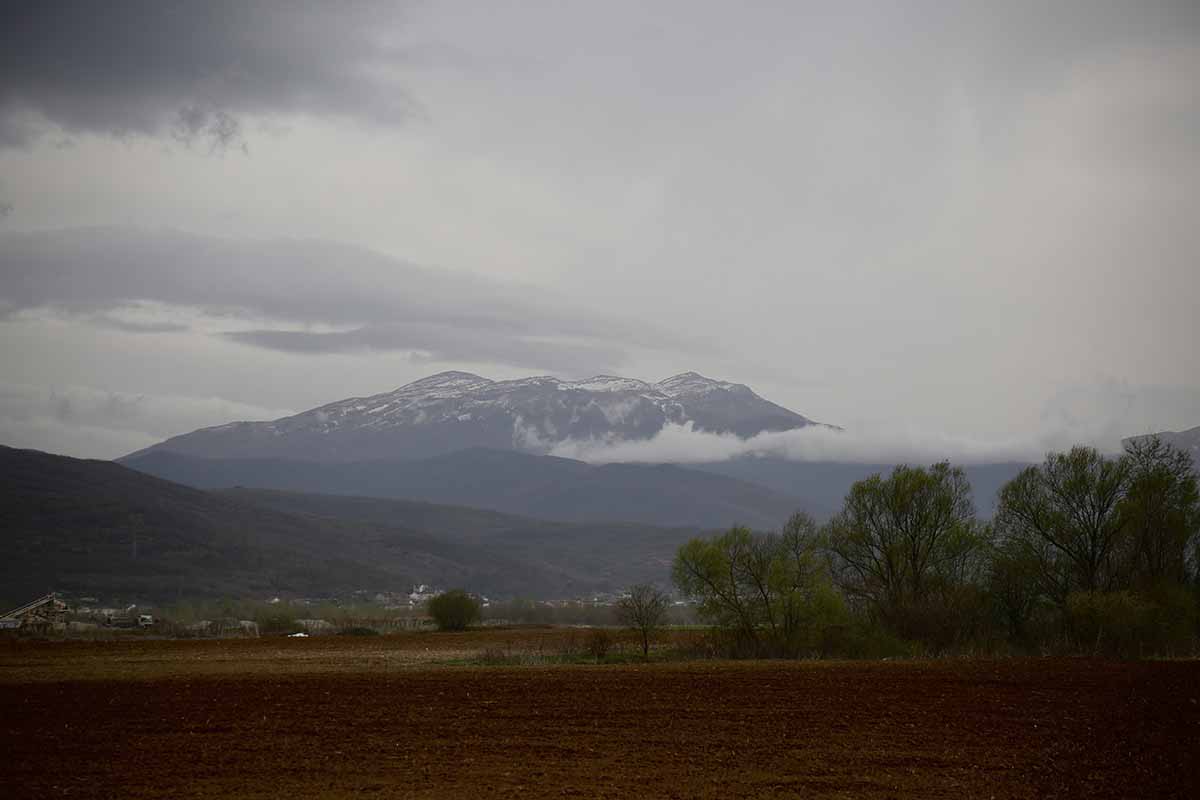Submitted by WA Contents
Pavilion of the Republic of Kosovo will explore Kosovo's shifting landscapes at the Venice Biennale
Kosovo Architecture News - May 05, 2025 - 05:19 4310 views

"Lulebora nuk çel më" will be on display at the Republic of Kosovo's Pavilion at the 19th International Architecture Exhibition at the 2025 Venice Architecture Biennale.
The exhibition is curated by architect, interdisciplinary designer, and researcher, Erzë Dinarama. The uprooting of ecological relationships and embodied knowledge systems under climate strain, as well as the new forms of sense-making that develop in liminal areas of uncertainty, are all explored in Emerging Assemblages, a sensory investigation of rupture and reconfiguration in Kosovo's changing landscapes.

Erzë Dinarama. Image © Majlinda Hoxha
The project, which is based on fieldwork with farmers around Kosovo, explores a changing landscape where new crops like figs and kiwis take root while established ones like wheat, peppers, grapes, and chamomile struggle.
By revealing the vulnerability of situated forms of knowledge and allowing for their recalibration, this agricultural shift symbolizes a wider epistemic rupture: the faltering of sensory signals and seasonal markers that farmers have depended on for decades.
Lulebora çel më nuk. Through sensory-material components that are difficult for predictive models to represent, such as the soils and scents of this unpredictable landscape, Emerging Assemblages materializes these ecological conflicts.

Research Material
The pavilion floor is covered with a variety of soils from the two main Kosovar plains. These soils range from lighter, mineral-rich strata that reflect deeper, less changeable geologic layers to dark, fertile topsoils, exposing both the inherent limitations and the potential for adaptation of a changing terrain. Farmers observe that the behavior of soil varies by season and place, influencing what can be planted and when. This soil actively participates in ecological becoming rather than being static or passive; it leaves behind dynamic indicators of change that are difficult to quantify.

Research Material
The pavilion's relational calendar, which uses smell—our most personal and intangible sense—to convey these new agricultural cycles, is at its core. This olfactory calendar is arranged based on ecological thresholds, or times that farmers determine are crucial to the life cycles of important crops, rather than dates.

Research Material
The stories of disappearing crops, delayed flowering, and emergent ecologies are made sense by each fragrance, which serves as a temporal node in a rhythmic assemblage of change based on farmers' embodied accounts. This confirms the hyperlocal nature of embodied knowledge even as it drifts into new patterns. In this sense, rupture becomes a place for reconfiguration as well as a symbol of loss.
In order to navigate a world that is undergoing change, Emerging Assemblages asks us to stay with what cannot be completely described or quantified—to hear, smell, and feel.
Digital platform and publication
Lulebora nuk çel më. Emerging Assemblages also features a web-based platform that extends the research beyond the physical space of the pavilion. The website offers a dynamic tool for exploration, engaging visitors in layered perspectives on the project’s themes.
A collection containing essays, fieldwork insights, critical comments, and textual explorations that go deeper into the research and the spatial imaginaries it evokes will be published after the pavilion's official opening.

Research Material
Erzë Dinarama is an architect, interdisciplinary designer, and researcher whose work integrates urbanism, landscape architecture, and ecology to address environmental challenges through design and aesthetic research. She has taught at institutions such as the Polytechnic of Milan, ETH Zurich, and Polis University, and has presented her research at conferences like Acadia and eCAADe.
The Republic of Kosovo has been participating at the 19th International Architecture Exhibition – La Biennale di Venezia with a national pavilion since 2012. Past presentations were composed of work by Përparim Rama (2012), Gëzim Paçarizi (2014), Eliza Hoxha (2018), Maksut Vezgishi (2021), and Polikesen Qorri– Dragaj (2023).
The 2025 Venice Architecture Biennale will take place from May 10 to November 23 November 2025 at the Giardini, the Arsenale and various venues in Venice, Italy.
Besides Kosovo's contribution, other contributions at the Venice Architecture Biennale include Polish Pavilion's exhibition Lares and Penates: On Building a Sense of Security in Architecture, Swiss Pavilion's Endgültige Form wird von der Architektin am Bau bestimmt, Iceland's exhibition Lavaforming, Estonia's Let Me Warm You exhibition, the Romanian Pavilion's "Human Scale" exhibition, the Luxembourg Pavilion's Sonic Investigations exhibition, the Albanian Pavilion's "Building Architecture Culture" exhibition, the Turkey Pavilion's "Grounded" exhibition, the Pavilion of the United Arab Emirates's "Pressure Cooker" exhibition, the Finland Pavilion's "The Pavilion – Architecture of Stewardship" exhibition.
Find out all exhibition news on WAC's Venice Architecture Biennale page.
Exhibition facts
Architect, Curator: Erzë Dinarama
Commissioner: The National Gallery of Kosovo
Organiser: Ministry of Culture, Youth and Sport of the Republic of Kosovo
Venue: Arsenale, Sestiere Castello Campo della Tana 2169/F 30122 Venice, Italy.
All images © Erzë Dinarama unless otherwise stated.
> via The Republic of Kosovo's Pavilion
exhibition Kosovo Pavilion pavilion Venice Architecture Biennale
